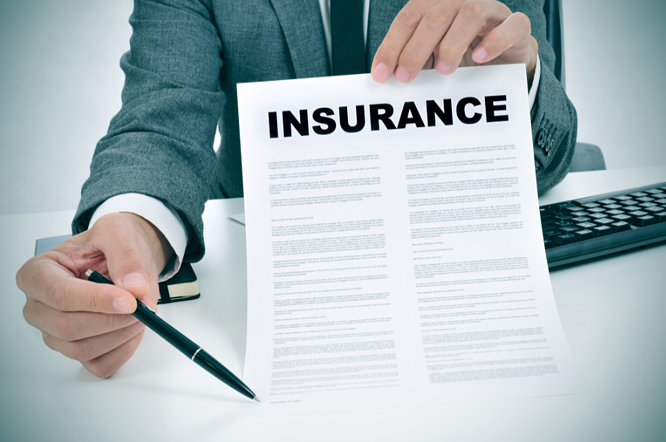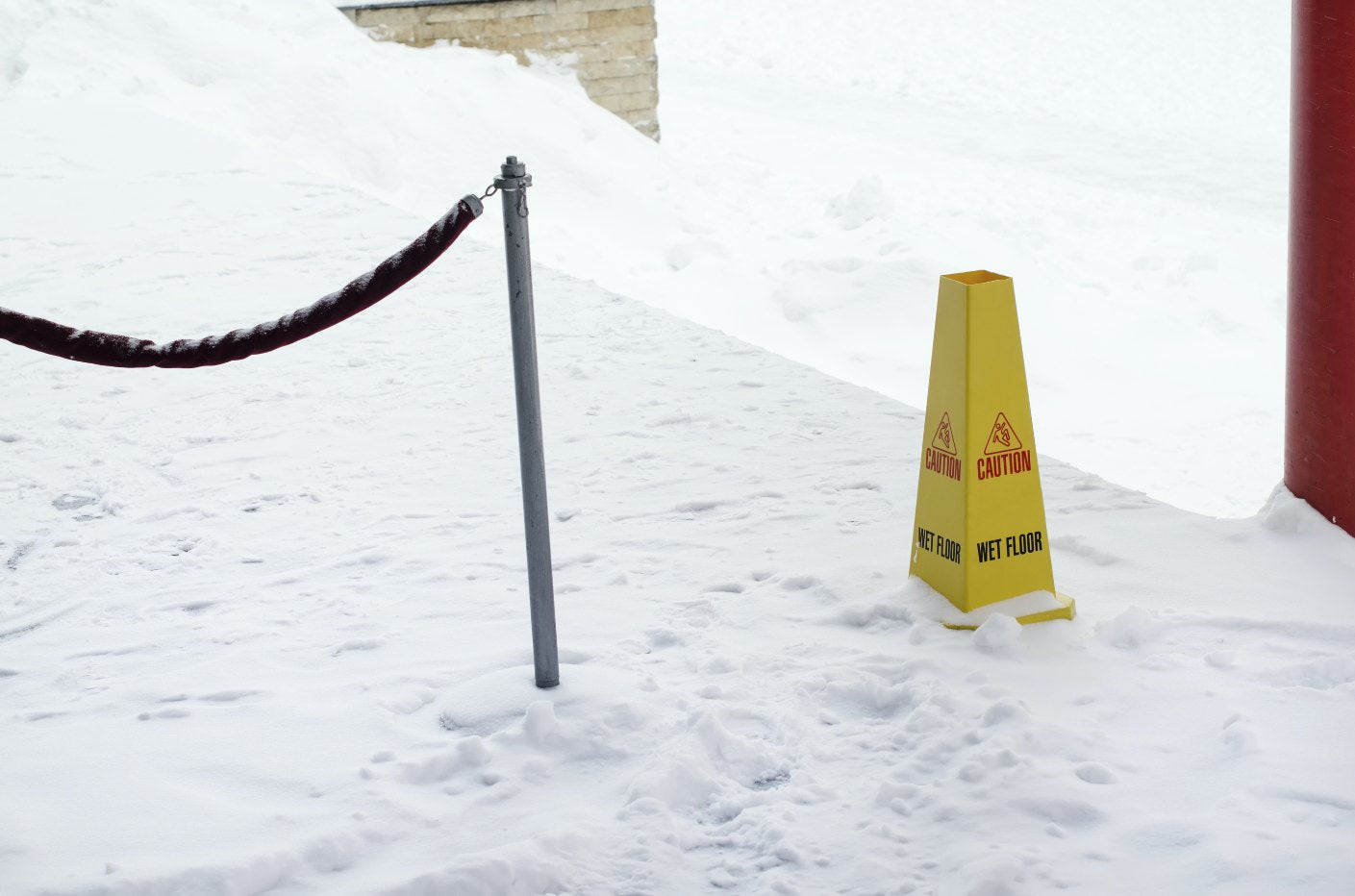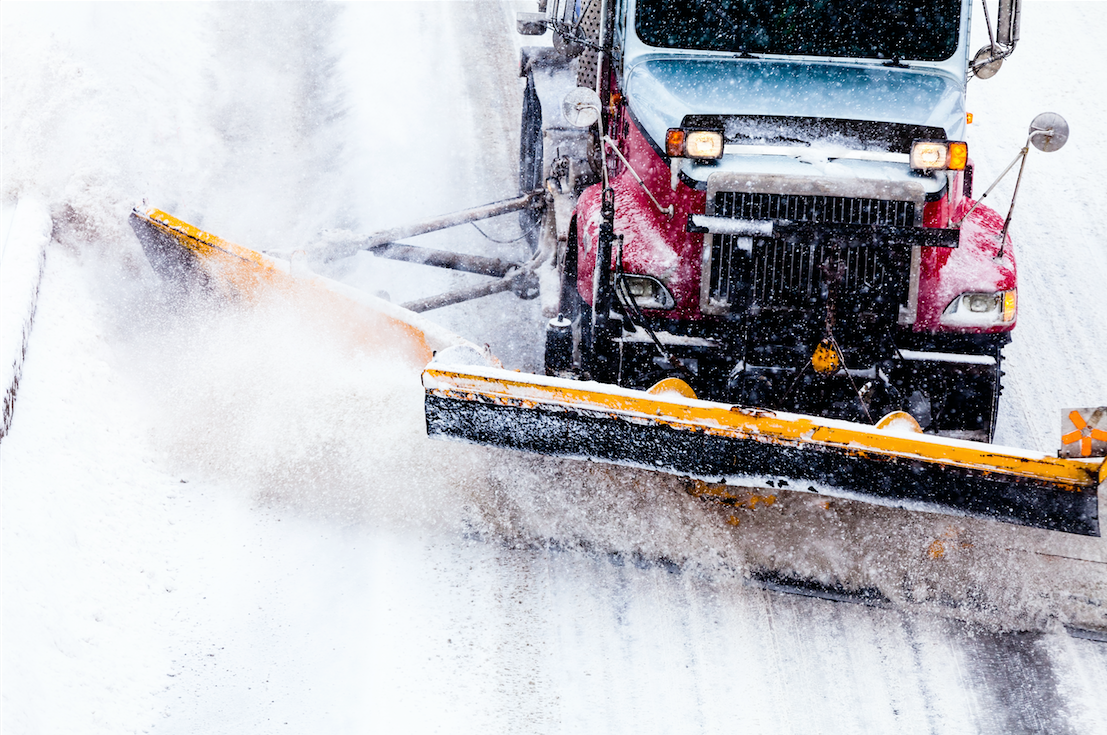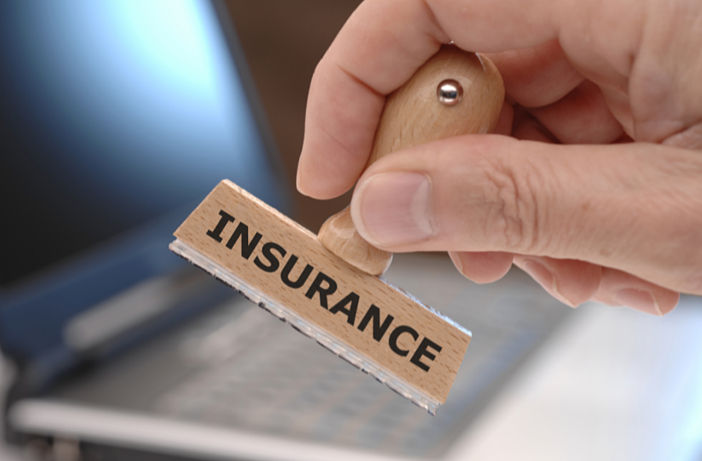- All posts
- Energy Efficiency
- Facility Management
- Handicap Accessible
- Heated Mats
- industrial
- Insurance
- Landscaping
- Liability
- Press Release
- Property Maintenance
- Shoveling
- Slip and Fall
- snow and ice management
- Snow and Ice Removal
- Snow Melting
- Snow melting mats
- Snow Removal
- Snow Removal Contractor
- winter prep
- Winter Safety

Commercial Property Insurance: What You Need to be Covered for Winter
Facility maintenance during winter involves a multitude of tiny details along with the major task of snow and ice removal from facility grounds. Yet, one of the ways to protect your company's prop...

Make Sure These 4 Items are in Your Commercial Snow Removal Contract
Commercial managers appreciate the importance of fast, efficient, and professional snow removal from their premises. Snow build-up causes delays, foot and vehicle traffic build-up, property damage...

How Much Will a Slip and Fall Injury Cost You?
Facility managers are often charged with making critical decisions regarding liability protection that will affect their facilities’ bottom line. While preventative measures to guard against laws...

Matt Peterson on Risk Management, Insurance, and the Snow and Ice Removal Industry
In this interview with Matt Peterson, President of Mills Insurance Group and Snow Removal Insurance Brokerage, we’ll discuss risk management and insurance for the snow and ice management industry....

Lexus Dealership Cuts Liability Risk and Winter Hazards with Heated Mats
Reducing winter-related slip-and-fall accidents is a serious concern at Lexus of Wayzata, MN. To meet the challenge of outdoor safety, the facilities maintenance team at this suburban Minneapolis a...

Six Insurance Lessons For Facility Managers from Last Winter
Bracing for the effects of significant snowfall is a critical responsibility of every facility manager. This doesn’t just include how to best prepare the property physically, but also monetarily. H...